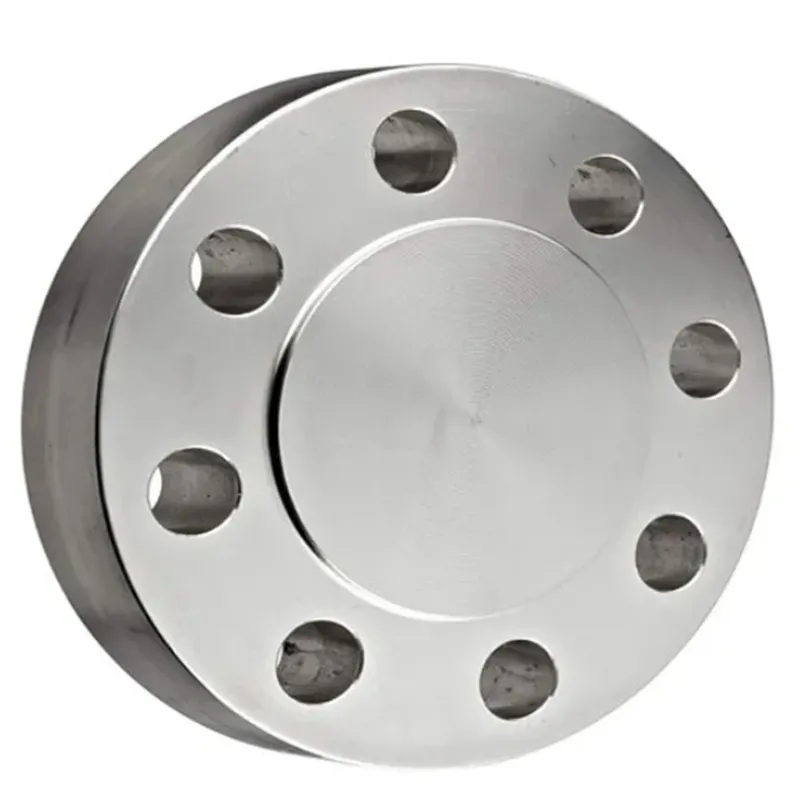-
Cangzhou Yulong Steel Co., Ltd.
-
Phone:
+86 13303177267 -
Email:
admin@ylsteelfittings.com
- English
- Arabic
- Italian
- Spanish
- Portuguese
- German
- kazakh
- Persian
- Greek
- French
- Russian
- Polish
- Thai
- Indonesian
- Vietnamese
- Zulu
- Korean
- Uzbek
- Hindi
- Serbian
- Malay
- Ukrainian
- Gujarati
- Haitian Creole
- hausa
- hawaiian
- Hebrew
- Miao
- Hungarian
- Icelandic
- igbo
- irish
- Japanese
- Javanese
- Kannada
- Khmer
- Rwandese
- Afrikaans
- Albanian
- Amharic
- Armenian
- Azerbaijani
- Basque
- Belarusian
- Bengali
- Bosnian
- Bulgarian
- Catalan
- Cebuano
- China
- China (Taiwan)
- Corsican
- Croatian
- Czech
- Danish
- Esperanto
- Estonian
- Finnish
- Frisian
- Galician
- Georgian
- Kurdish
- Kyrgyz
- Lao
- Latin
- Latvian
- Lithuanian
- Luxembourgish
- Macedonian
- Malgashi
- Malayalam
- Maltese
- Maori
- Marathi
- Mongolian
- Myanmar
- Nepali
- Norwegian
- Norwegian
- Occitan
- Pashto
- Dutch
- Punjabi
- Romanian
- Samoan
- Scottish Gaelic
- Sesotho
- Shona
- Sindhi
- Sinhala
- Slovak
- Slovenian
- Somali
- Sundanese
- Swahili
- Swedish
- Tagalog
- Tajik
- Tamil
- Tatar
- Telugu
- Turkish
- Turkmen
- Urdu
- Uighur
- Welsh
- Bantu
- Yiddish
- Yoruba

Dec . 12, 2024 11:16 Back to list
types of galvanized pipe
Types of Galvanized Pipe A Comprehensive Overview
Galvanized pipes have been a staple in various construction and plumbing projects for decades, providing a reliable solution for transporting water and other liquids. They are made of steel or iron that has been coated with a layer of zinc to prevent rust and corrosion. This article explores the types of galvanized pipe, their features, applications, and benefits, helping you to understand why they are such a popular choice in many industries.
What is Galvanization?
Before diving into the types of galvanized pipes, it's important to grasp the process of galvanization itself. Galvanization involves coating steel or iron with a thin layer of zinc. This process can be done through various methods, including hot-dip galvanizing (where the pipe is submerged in molten zinc) and electro-galvanizing (where zinc is applied through electrolysis). The zinc coating serves as a barrier, preventing moisture and oxygen from reaching the underlying metal, thereby reducing the risk of corrosion.
1. Hot-Dip Galvanized Pipe
Hot-dip galvanized pipes are manufactured by immersing clean steel pipes in molten zinc. This method ensures a thick, even coating, providing superior protection against corrosion. Hot-dip galvanized pipes are often preferred for outdoor applications where they are exposed to moisture and weather conditions. Common uses include construction scaffolding, agricultural irrigation systems, and water supply lines.
Advantages
- Durability The thick layer of zinc offers robust protection, making these pipes suitable for high-stress environments. - Longevity Hot-dip galvanized pipes can last up to 50 years or more under the right conditions. - Cost-effectiveness While the initial investment may be higher, the long lifespan lowers the overall costs associated with replacement and repairs.
Electro-galvanized pipes, on the other hand, are coated with zinc through an electrochemical process. This method applies a thin layer of zinc, which is usually less than that found on hot-dip galvanized pipes. Therefore, while electro-galvanization provides corrosion resistance, it may not offer the same level of protection as hot-dip methods.
Advantages
types of galvanized pipe

- Smooth Finish Electro-galvanized pipes often have a smoother surface, which can be beneficial for applications requiring a cleaner appearance. - Lightweight They typically weigh less than their hot-dip counterparts, making them easier to handle and install in some scenarios. - Cost Generally, electro-galvanized pipes are less expensive than hot-dip galvanized pipes due to the lower amount of zinc used.
3. Galvanized Malleable Iron Pipe
Galvanized malleable iron pipes are made from iron that has been treated to exhibit increased ductility. They are often used where piping requires some flexibility, such as in plumbing systems and gas applications. These pipes are usually threaded for ease of connection, making them a popular choice for various mechanical applications.
Advantages
- Strength Malleable iron pipes are incredibly strong and can withstand high pressure, making them ideal for gas and steam applications. - Versatility Their ability to be easily threaded allows for more flexible designs in plumbing installations.
Applications of Galvanized Pipe
Galvanized pipes find applications in various fields, including
- Construction Used for scaffolding, railings, and structural supports. - Agriculture Ideal for irrigation systems and livestock watering. - Utilities Commonly employed in piping for water and gas distribution systems. - Industrial Utilized in mechanical and chemical industries for transporting fluids.
Conclusion
In summary, galvanized pipes, whether hot-dip, electro-galvanized, or malleable iron, provide effective solutions for a variety of applications. Their durability, corrosion resistance, and versatility make them invaluable in construction, plumbing, agriculture, and many industrial settings. Understanding the different types of galvanized pipes can help you choose the right one for your specific needs, ensuring a long-lasting and reliable piping solution. Whether you’re a homeowner, contractor, or engineer, incorporating the appropriate type of galvanized pipe into your project will contribute to its success and longevity.
Latest news
-
ANSI 150P SS304 SO FLANGE
NewsFeb.14,2025
-
ASTM A333GR6 STEEL PIPE
NewsJan.20,2025
-
ANSI B16.5 WELDING NECK FLANGE
NewsJan.15,2026
-
ANSI B16.5 SLIP-ON FLANGE
NewsApr.19,2024
-
SABS 1123 FLANGE
NewsJan.15,2025
-
DIN86044 PLATE FLANGE
NewsApr.19,2024
-
DIN2527 BLIND FLANGE
NewsApr.12,2024
-
JIS B2311 Butt-Welding Fittings LR/SR 45°/90° /180°Seamless/Weld
NewsApr.23,2024











